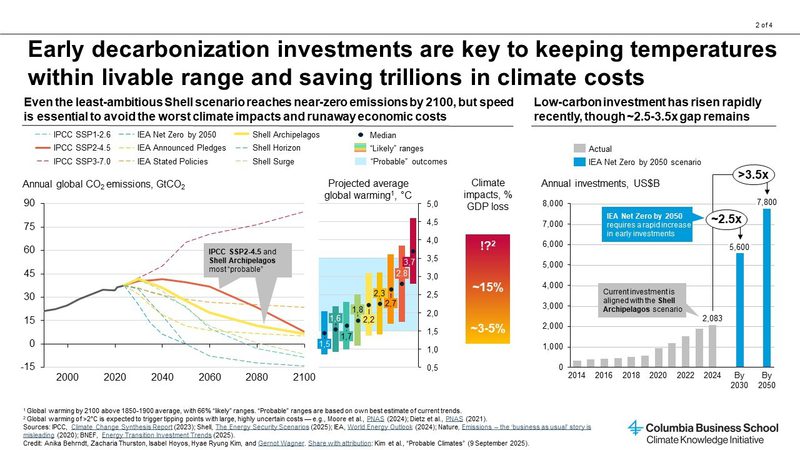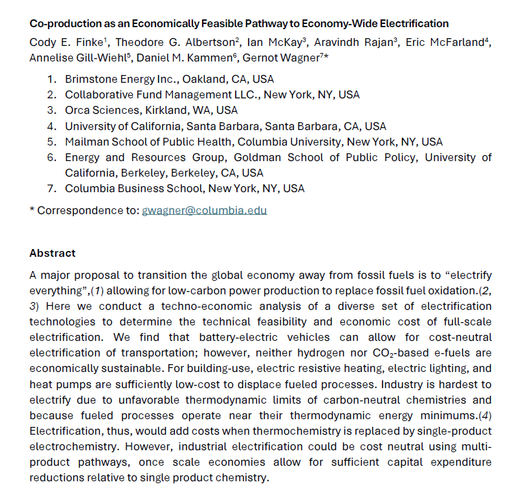Engineering and logistical concerns add practical limitations to stratospheric aerosol injection strategies
by Miranda Hack, V. Faye McNeill, Dan Steingart, and Gernot Wagner
Abstract:
The use of reflective aerosols in the upper atmosphere (stratospheric aerosol injections, SAI) to limit incoming sunlight has been proposed as a potential means of countering anthropogenic climate change. Such a strategy ideates from observed cooling effects due to sulfate aerosol formation following volcanic eruptions. Solid mineral candidates have been proposed as a sulfate alternative, potentially lowering environmental risks like ozone depletion and absorption of radiation. The bulk of SAI modeling literature focuses on optimal deployment scenarios, in which practical constraints—microphysical, geopolitical, and economic—are not considered. Here, we explore several key micro- and macroscopic aspects of deployment that may directly increase risk, and the degree to which technical and governance approaches could be levied to offset it. We find that the risk and design space for SAI may be considerably constrained by factors like supply chains and governance. Logistical and technical considerations, most significantly difficulties in dispersing solid aerosols at scale in the desired size range, and the radiative properties of potentially formed aggregates, notably introduce uncertainties in the outcomes of solid-based SAI strategies more so than sulfate. We conclude that the design space for a “low-risk” SAI strategy, particularly with solid aerosol, may be more limited than current literature reflects.
Keywords: geoengineering, governance, supply chain, injection technologies
Full text: "Engineering and logistical concerns add practical limitations to stratospheric aerosol injection strategies" (PDF)
Press release: "How Hard Is It to Dim the Sun?" (Columbia Climate School, 21 October 2025)

